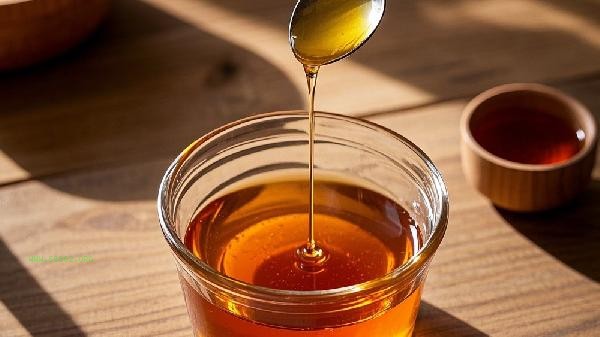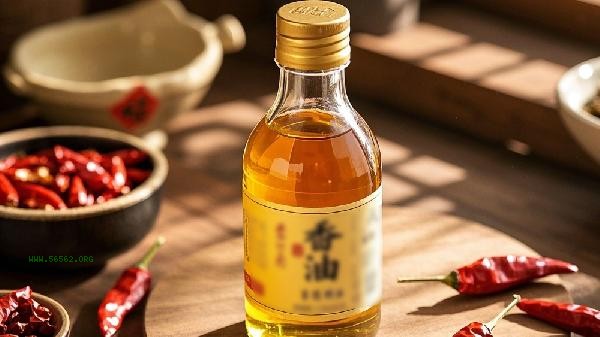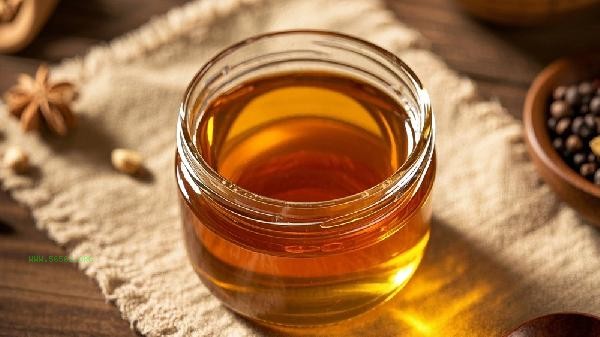The identification of true and false sesame oil can be comprehensively judged through methods such as observing color, smelling odor, testing fluidity, checking sediment, and low-temperature testing. Pure sesame oil is reddish brown or dark brown in color, with a strong sesame aroma, moderate viscosity, and slight solidification at low temperatures, without impurities settling.

1. Observe the color.
The true fragrance oil has a reddish brown or dark brown color, and has an amber luster when observed under light transmission. Fake sesame oil is often blended with pigments, with a yellowish or blackened color, poor transparency, and uneven color. Some adulterated oils may add caramel color, but the color is too dark and lacks natural luster.
2. Smell
Pure sesame oil has a unique roasted sesame aroma, with a strong and long-lasting scent that is not pungent. The fake sesame oil mixed with essence has a pungent smell and a short lingering fragrance, and some fake products mixed with rapeseed oil or soybean oil will give off a harky smell. You can rub a small amount of oil in your palm and smell it after heating it up. True fragrance oil has a richer aroma when exposed to heat.
3. Testing flowability
When pouring sesame oil, the oil flow is continuous, the falling speed is uniform, and the oil on the bottle wall is obvious. Fake products mixed with cheap vegetable oil have strong fluidity, and when poured, the oil flows quickly and there is no oil hanging on the bottle wall. You can observe the diffusion speed of the oil by dropping it on a tissue. True fragrance oil spreads slowly and has neat edges.

4. Check the sediment.
After standing for 24 hours, observe the bottom of the bottle. True sesame oil has no sediment or only a small amount of sesame residue. Counterfeit oil often appears as white flocculent or layered substances, and some counterfeit products mixed with starch may produce turbid suspended solids after shaking. Pure sesame oil remains clear and transparent in low temperature environments.
5. Low temperature test
Put the sesame oil in the refrigerator and refrigerate for half an hour. The real sesame oil will slightly solidify into an ointment, and return to its original state after warming. The fake oil mixed with palm oil and other ingredients will completely solidify and harden, while the fake oil mixed with essence will not solidify. This method is particularly effective in identifying winter adulterated oil.

It is recommended to choose regular supermarket channels for daily purchases, and pay attention to whether the product complies with the GB/T8233 standard. Authentic sesame oil has a higher cost and products with prices significantly lower than the market average should be purchased with caution. After opening, it should be sealed and stored away from light. If there is any odor or discoloration, it should be stopped immediately. Authentic sesame oil has strong heat resistance during cooking, while counterfeit oil is prone to produce a burnt taste when exposed to heat. Long term consumption of adulterated oil may cause irritation to the gastrointestinal tract. It is recommended to verify through multidimensional methods before consumption.








Comments (0)
Leave a Comment
No comments yet
Be the first to share your thoughts!